Exploring the culinary world often leads us to unexpected discoveries, where traditional recipes meet innovative twists, blending flavors and textures in ways that were once unimaginable. One such intriguing question that arises among baking enthusiasts and sweet tooth aficionados is whether snowflake candy, a delightful treat known for its crunchy yet chewy texture and sweet, buttery flavor, can be crafted using soy milk powder instead of traditional dairy ingredients. This inquiry prompts a deeper dive into the world of baking substitutes, understanding the role of each ingredient, and the potential for plant-based alternatives to shine in unexpected culinary domains.

Understanding Snowflake Candy: A Brief Overview
Snowflake candy, also known as xueshua su in some regions, is a popular Chinese snack that has garnered a global fanbase due to its unique combination of crispy and soft textures. Its name evokes images of delicate snowflakes, a testament to its light and airy appearance. Typically, this treat is made by mixing ingredients like butter, powdered sugar, cookies (often rice crispies or similar crunchy cereals), and sometimes nuts or dried fruits, which are then pressed into molds or shaped into bite-sized pieces. The result is a sweet snack that balances crunchiness from the cookies with a soft, slightly sticky interior that melts in your mouth.
The key to achieving the perfect snowflake candy lies in the careful balance of its ingredients and the cooking process, which usually involves melting butter and sugar together before incorporating the dry ingredients. This blend is then baked or left to set, allowing the fats and sugars to solidify into the desired texture.
The Role of Dairy in Snowflake Candy
Dairy products, particularly butter, play a crucial role in the formulation of snowflake candy. Butter not only adds flavor but also contributes to the overall texture and mouthfeel of the final product. The fats in butter help create a smooth and creamy mixture that, when combined with powdered sugar, forms the sticky base that holds the cookies and other add-ins together. Furthermore, the milk solids in butter contribute to browning during baking, enhancing both the aroma and visual appeal of the candy.
The Rise of Plant-Based Alternatives: Soy Milk Powder in Focus
As consumer preferences shift towards more plant-based diets, the demand for dairy alternatives has surged. Soy milk powder, derived from soybeans, has emerged as a popular substitute for dairy milk powder in various baking and cooking applications. It offers a nutritious profile, rich in protein and essential amino acids, while being cholesterol-free and lactose-free, making it suitable for those with dairy allergies or intolerances.
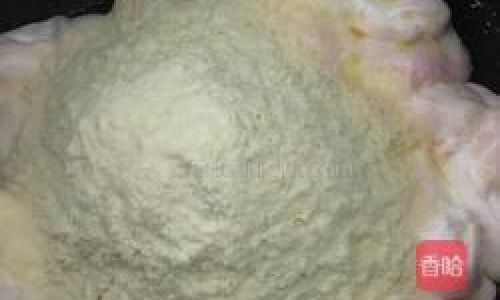
Soy milk powder can be used in a variety of recipes, from smoothies and baked goods to ice creams and desserts, often mimicking the texture and flavor of dairy-based products. Its versatility stems from its ability to thicken and add body to liquid-based recipes, as well as its neutral taste that allows it to blend seamlessly into different culinary contexts.
Can Soy Milk Powder Replace Butter in Snowflake Candy?
The question of whether soy milk powder can be used in snowflake candy is more nuanced than a simple yes or no answer. While soy milk powder can technically serve as a substitute for dairy milk powder in some recipes, replacing butter with a plant-based alternative in snowflake candy presents several challenges.
Butter’s role in snowflake candy extends beyond just providing dairy flavor. Its fats are essential for creating the cohesive, slightly sticky mixture that holds the candy together. Soy milk powder, on the other hand, contains significantly less fat and lacks the emulsifying properties of butter. This means that directly replacing butter with soy milk powder in a snowflake candy recipe is unlikely to yield the same results.
However, this does not rule out the possibility of using soy milk powder in a modified recipe. Creative bakers can explore ways to incorporate soy milk powder while maintaining the desired texture and flavor of snowflake candy. Here are a few strategies to consider:
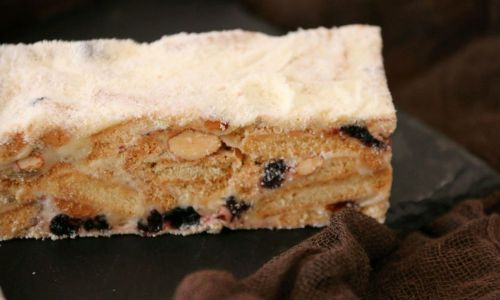
-
Blend with Plant-Based Fats:
Instead of replacing butter entirely, consider blending soy milk powder with plant-based fats such as coconut oil, margarine, or even a high-fat nut butter like almond or cashew. These fats can help mimic the texture and mouthfeel of butter, while the soy milk powder contributes additional protein and a subtle, nutty flavor. -
Adjust the Sugar Ratio:
Powdered sugar is a staple in snowflake candy recipes, providing both sweetness and structure. When using soy milk powder, you may need to adjust the ratio of powdered sugar to account for the differences in moisture content and binding ability between soy milk powder and dairy-based ingredients. Experimenting with different ratios will be key to achieving the perfect balance. -
Use a Binding Agent:
To ensure that the ingredients stick together and form a cohesive candy, consider adding a binding agent such as cornstarch, tapioca starch, or even a small amount of gelatin. These ingredients can help create a firmer structure without compromising the delicate crunch of the cookies or the soft interior. -
Flavor Adjustments:
Soy milk powder has a distinct, albeit subtle, flavor that can influence the overall taste of your snowflake candy. To complement this, consider adding vanilla extract, a hint of salt, or even a sprinkle of cinnamon or nutmeg to enhance the flavor profile.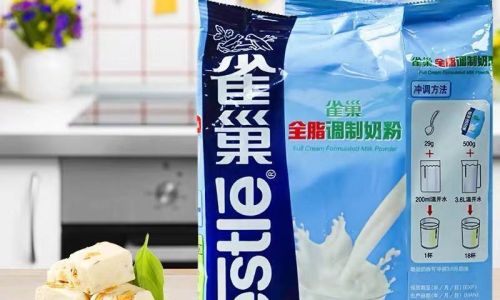
-
Texture Enhancements:
To maintain the crunchy texture that defines snowflake candy, ensure that the cookies or cereal pieces you use are still crisp and not overly softened by the mixture. You might also experiment with adding a light dusting of powdered sugar or a thin glaze after the candy has set to enhance its appearance and texture.
Experimental Baking: The Path to Innovation
Ultimately, the success of using soy milk powder in snowflake candy will depend on trial and error, as well as an understanding of the individual properties of each ingredient. Baking is an art form that thrives on creativity and experimentation, and there is no one-size-fits-all approach when it comes to substituting traditional ingredients with plant-based alternatives.
As you embark on this culinary journey, keep a detailed record of your recipes, ingredient ratios, and any adjustments you make. This will not only help you refine your recipe but also contribute to the growing body of knowledge around plant-based baking. Sharing your findings with fellow baking enthusiasts can inspire others to explore similar paths, fostering a community of innovation and mutual learning.
Conclusion: Embracing the Possibilities
In conclusion, while soy milk powder cannot be used as a direct replacement for butter in traditional snowflake candy recipes, it does offer exciting possibilities for creating unique and delicious plant-based versions of this beloved treat. By understanding the role of each ingredient and embracing creativity in the kitchen, bakers can develop recipes that not only cater to diverse dietary needs but also push the boundaries of traditional culinary practices.
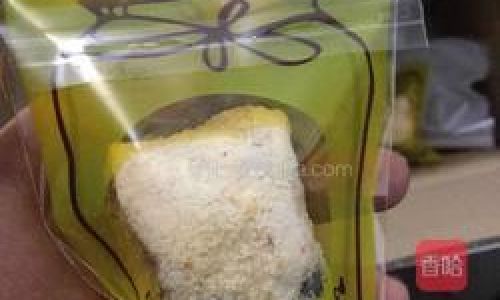
As consumer preferences continue to evolve and the demand for plant-based options grows, the culinary world stands at the cusp of a new era of innovation. By exploring the potential of soy milk powder and other plant-based ingredients in baking, we can create treats that are not only delicious and satisfying but also align with the values and dietary choices of an increasingly conscious global audience. So, why not roll up your sleeves, gather your ingredients, and start experimenting today? The world of plant-based snowflake candy awaits your culinary creativity.



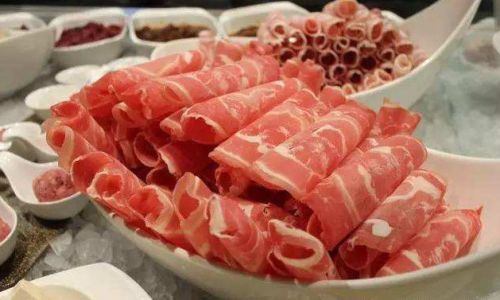

0 comments